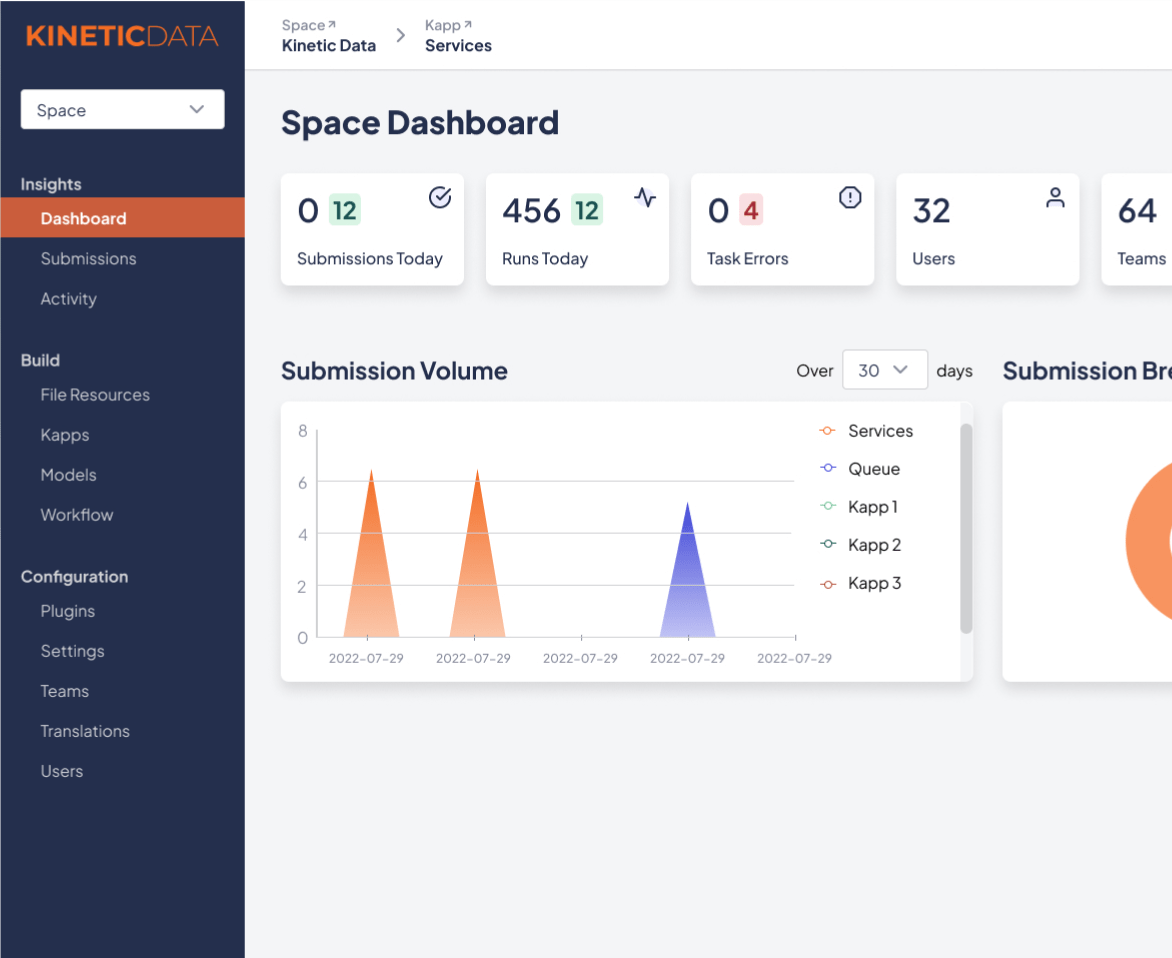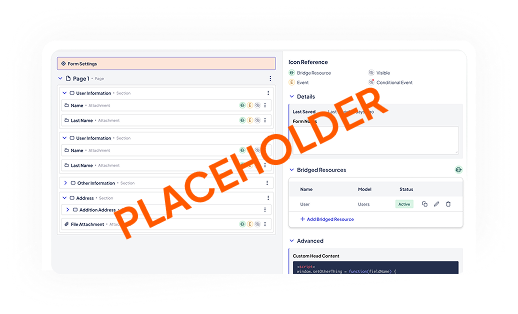The Kinetic Connectivity Layer unifies your systems—cloud, on-prem, or legacy—into a single orchestration framework. Build integrations once, reuse them anywhere, and never get trapped by vendor ecosystems.
Connect anything. Orchestrate everything.
What Is a Connectivity Layer?
A connectivity layer is the part of an enterprise architecture that lets systems talk to each other. It manages how data moves between applications, services, and workflows—whether through APIs, event streams, or file exchanges.
Think of it as the circulatory system of your digital ecosystem: it moves information to where it’s needed, translates it into the right format, and keeps everything in sync.
A strong connectivity layer makes integration seamless, secure, and scalable—so your business processes flow smoothly even when your systems are diverse or distributed.
How Connectivity Works at Kinetic
Kinetic turns connectivity into orchestration. Instead of building brittle, one-off integrations, our platform provides an open, API-first integration framework that links any system—modern or legacy—into a living network of workflows.
No proprietary adapters. No vendor lock-in. Just direct, secure, and reusable connections between the tools that run your business.
Every integration in Kinetic is modular and governed. Handlers and bridges connect to systems like ServiceNow, Workday, SAP, Salesforce, or your custom apps; orchestration logic controls when and how data moves; and governance ensures every transaction is visible, secure, and compliant.
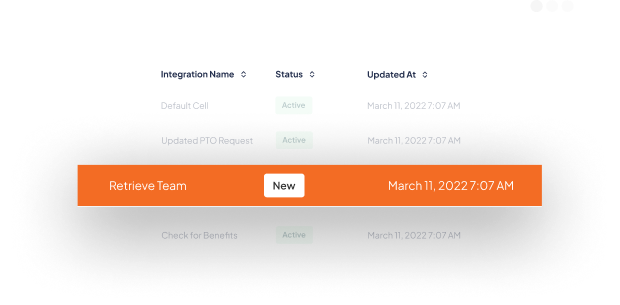
Why It Matters
Use What You Already Have
You’ve already invested in powerful systems—why replace them? Kinetic wraps around your existing stack, connecting data and processes without forcing migration or duplication. Modernization becomes additive, not disruptive.
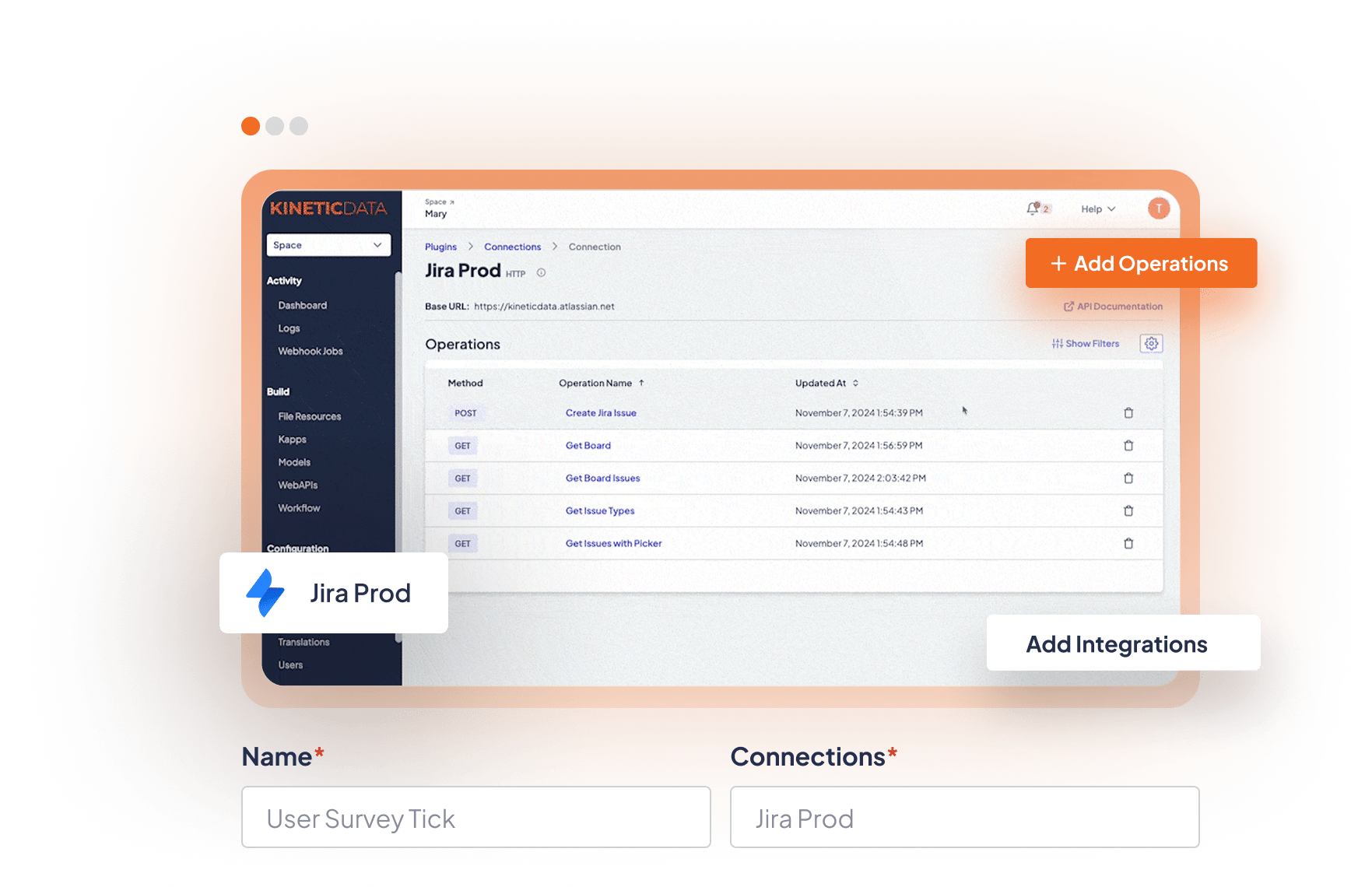
Why It Matters
Scale Without Middleware Bloat
Most integration projects get weighed down by middleware, connectors, or per-user licensing. Kinetic eliminates that overhead. Integrations are reusable, consumption-based, and centrally managed—so you scale value, not complexity.

Why It Matters
Keep Data Where It Belongs
Kinetic’s integration framework reads and writes through secure APIs, meaning your data stays in its source systems. You keep full ownership, auditability, and control—no hidden data lakes, no shadow copies, no compliance headaches.

Why It Matters
Make Change Safe and Fast
When systems or requirements evolve, you can update integrations in isolation without rewriting entire workflows. Kinetic’s composable architecture makes every connection durable but flexible—ready to adapt as your enterprise evolves.
01
Use What You Already Have02
Scale Without Middleware Bloat03
Keep Data Where It Belongs04
Make Change Safe and FastCore Capabilities
Connect Anything
Plug into any system with a published API—REST, SOAP, GraphQL, JDBC, or custom handler—and connect securely across environments.
Transform and Normalize Data
Map fields, validate inputs, and convert formats to keep data consistent between systems.
Secure Authentication
Support for OAuth2, SAML, and API keys ensures secure, governed connections that align with enterprise IAM strategies.
Integration Management
Monitor connection health, manage credentials, and retry failed calls through centralized governance tools.
Reusable Handlers and Bridges
Build once, reuse anywhere—enabling standardized logic across workflows and departments.
How Integrations Work Across the Kinetic Platform
Every click, form, and request in a portal triggers an integration event. Connectivity ensures those actions reach the right systems instantly — whether that’s provisioning an account, updating HR records, or fetching a ticket status. Users see one interface, but the platform is orchestrating dozens of system calls in the background.
Workflows rely on integrations to execute business logic across systems. The Connectivity Layer routes data between steps, transforms formats, and triggers external actions automatically. It’s what makes automation extend beyond one department or platform — true orchestration instead of siloed process automation.
This is where your truth lives — ERP, CRM, HR, ITSM, and legacy platforms. Kinetic’s Connectivity Layer plugs into them without disruption, respecting each system’s role as the system of record. Data moves in real time, not in overnight batches, so every workflow runs on the freshest information.
All integrations operate under enterprise-grade controls — secure authentication, encryption, access policies, and full audit visibility. The Connectivity Layer is governed, monitored, and versioned like any other part of your architecture, ensuring performance and compliance without friction.
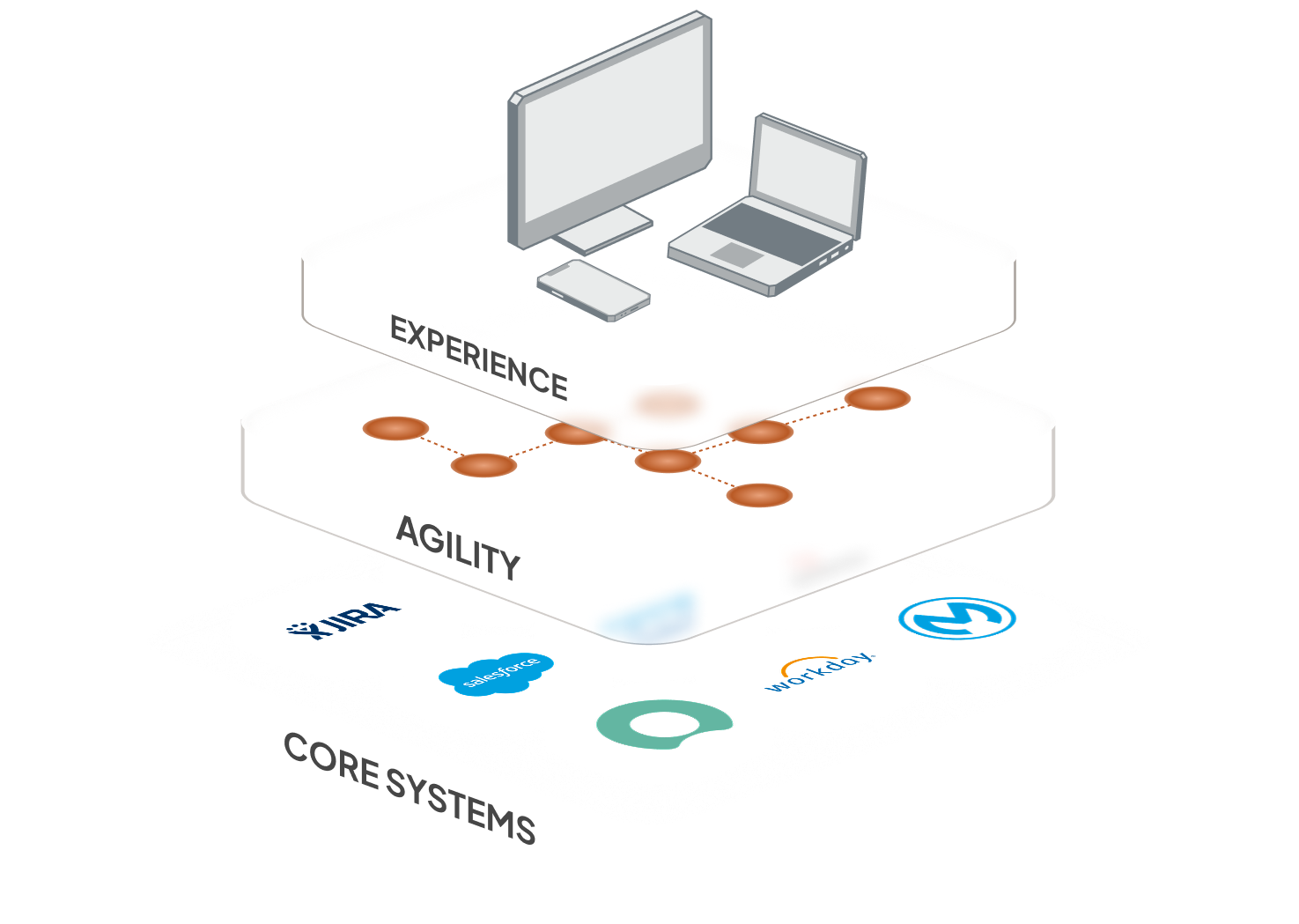
In Practice:
Connectivity doesn’t sit on top of the platform — it runs through it.
It’s how the Experience Layer knows what to display, how the Agility Layer knows what to trigger, and how your Core Systems stay in sync.
Together, they form an open architecture where processes flow freely, securely, and intelligently — no matter what systems or tools sit underneath.
Technical Foundation
Compliance & Governance Context
The Connectivity Layer supports secure authentication and configurable data handling to align with enterprise compliance standards.
When deployed within accredited environments, customers use their existing governance models—enabling operation in FedRAMP, HIPAA, or ISO-aligned infrastructures without requiring the platform itself to carry certification.
Start connecting what matters.
